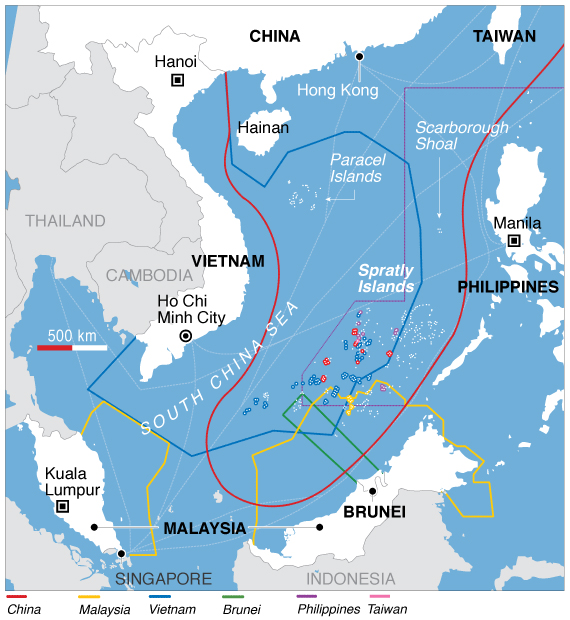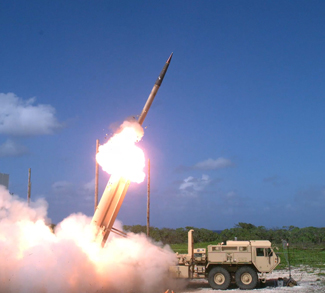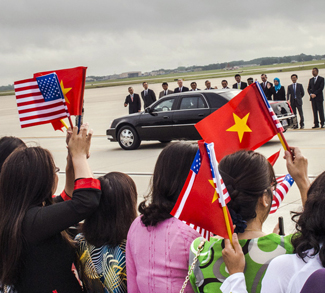ASEAN foreign ministers issued a joint statement on China’s moves in the South China Sea last weekend. The statement voiced the group’s shared concern and noted that China’s land reclamation and recent escalations have “eroded trust and confidence, increased tensions, and may undermine peace, security, and stability in the region.”
It’s an uncommonly blunt rebuke, and one that reflects a growing consensus that the crisis is shifting from a diplomatic to a military one.
The escalations referred to in the ASEAN statement are a string of moves by China to shore up its position in the disputed waters of the South China Sea. During the US-ASEAN summit of a few weeks ago, Fox News broke the arrival of HQ-9 missile batteries on Woody Island in the Paracels. A week later, jets were spotted on the island – one of the largest and most developed in China’s South China Sea land reclamation efforts.
There can be no doubt about it: the deployment of SAMs and fighter aircraft represents an escalation in the South China Sea dispute; it is a further step towards the full militarization of this economically critical region.
China deployments a sign of things to come
In a military sense, the deployment represents an outward expansion of China’s anti-access/area-denial (A2/AD) capabilities, which are meant to deny a foreign aggressor the ability to operate freely in China’s coastal waters. By basing HQ-9 SAM sites (which have a range of around 200km) further afield from the Chinese mainland, the PLA Navy can benefit from a larger anti-air umbrella and provide greater protection from potential airstrikes on the Chinese mainland.




